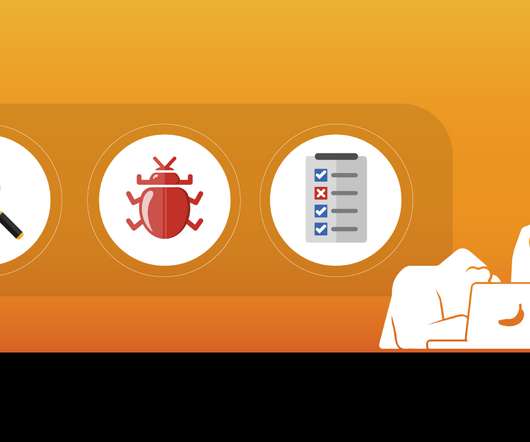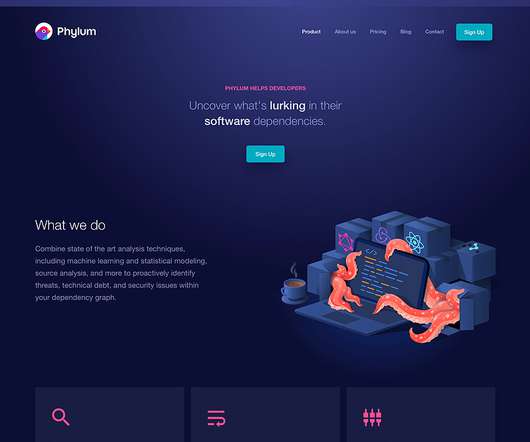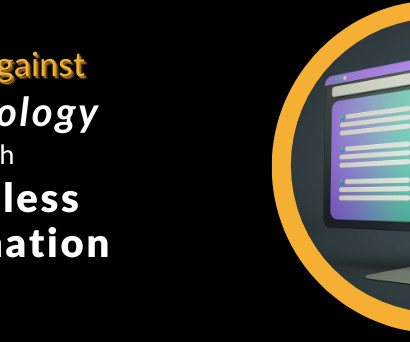What is SDLC (Software Development Life Cycle)?
Openxcell
DECEMBER 9, 2020
SDLC stands for Software Development Life Cycle. It aims at producing high-quality systems that meet or exceed customer expectations based on their requirements. Thus, taking care of all the essential technical methods required to meet the ultimate fruition. Importance of SDLC. SDLC Phases. Planning Stage in SDLC.

































Let's personalize your content